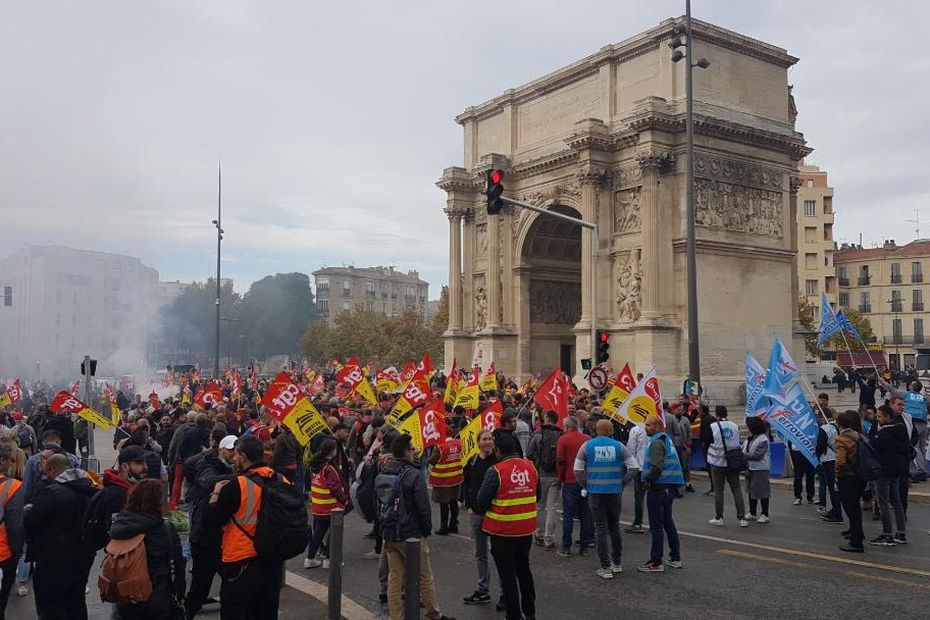It is difficult for the traveler to navigate the jungle of regional train prices and the articulation of the various SNCF services. The situation should not improve with the arrival of new operators, raising fears of a real balkanization of the railways.
Since 2017, regions have been authorized to set the prices they wish for the TERs they organize (and subsidize). If the national social tariffs remain in force – especially for large families – the regions have since shown a lot of imagination.
Consequence, regrets the president of the National Federation of associations of transport users (Fnaut), Bruno Gazeau: “It’s impossible to navigate. (…) Especially for occasional travelers, who represent half of TER passengers. All that has to be harmonized. “
In Brittany, for example, the return is free when you take trains identified in green in the timetable, or for all trains on Saturdays. In Occitania, tickets are 1 euro on some lines, but not all.
Fnaut recently commissioned, with the association bringing together the regions, a study which lists no less than 42 different regional subscription or reduction cards … which are added to the national cards.
Which ones are accepted, or not, in the TER, depending on the place and the period.
Ticket sales sites and applications find it difficult to follow the initiatives of regional networks, which are also often renamed: BreizhGo in Brittany, Fluo in the Grand-Est, Lio Train in Occitanie or Zou! in PACA.
However, remarks the CEO of the SNCF Jean-Pierre Farandou, “the TER are both a regional system and a part of the national system, if only by the connections with the TGV”.
The balkanization of the French rail system is according to him “a risk”. “We must avoid it. (…) We must alert, discuss, we have a role.”
“If everyone creates products galore, if it’s too complicated, people won’t take the train,” agrees Christophe Fanichet, CEO of SNCF Voyageurs.
– Creative abundance –
The regions are able to create “the most relevant products, in the right place”, one replies at the Régions de France association.
But “the distribution tools are not very effective for occasional customers”, we admit, criticizing readily the lack of clarity in the accounting of the SNCF, which has – still – control.

In the short term, Christophe Fanichet thinks at least that the “single application” promised by the public group for January will allow better integration of the offers.
“Today, we must simplify the lives of our customers if we want to increase the share of rail,” he insists.
The creative proliferation also concerns the various SNCF products, including mainline train families, Inoui, Ouigo or Intercités, not to mention those going abroad. They have different commercial logics, at the risk of confusing travelers for whom it is “the SNCF” which operates them.
Mr. Fanichet has launched a program with the aim of “simplifying the customer journey”, promising in particular “a single point of contact” with the group.
The arrival of competition should not be a game-changer in TER, operators being supposed to be interchangeable in public service networks managed by the regions.
On the other hand, no question for Christophe Fanichet that the SNCF markets the tickets of the companies which will oppose it in “open access”, by launching trains at their own risk on the French network. We think of Trenitalia (ex-Thello), the Railcoop cooperative or the Spanish Renfe.
In Sweden, the historical operator SJ sells tickets for its competitor Snälltåget (a subsidiary of the French company Transdev), and vice versa.
On the other hand, Trenitalia does not sell in Italy those of Italo’s high-speed trains, any more than Renfe does not sell in Spain those of Ouigo, a low-cost subsidiary of SNCF which arrived in Madrid-Barcelona in May.
The traveler must therefore look at each other’s sites, or turn to a comparator, as for airplanes. Market leader, Trainline is rubbing its hands, claiming to offer “a complete and transparent view of the French and European rail offer”.
–


